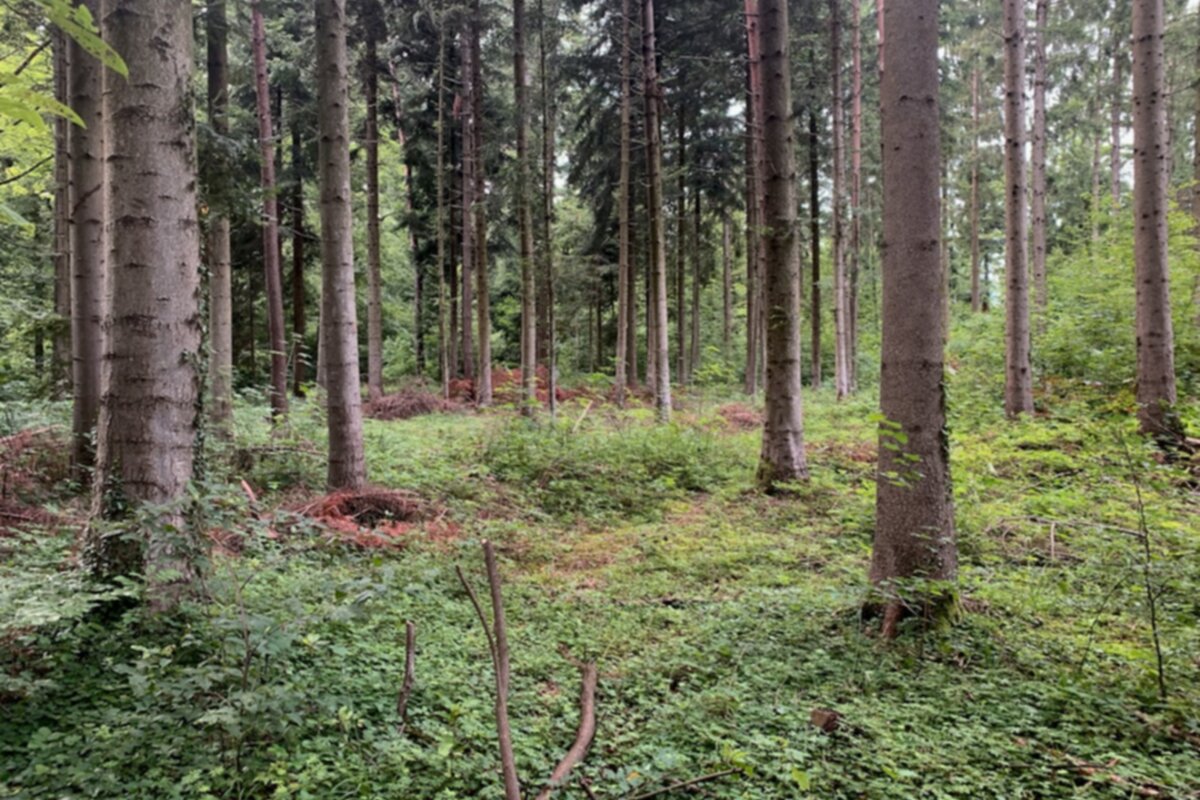What separates thriving junior programs from those that struggle with retention and development? After surveying successful initiatives across five countries, clear patterns emerge.
Long-term Thinking
The most successful programs take a 10-year view, focusing on fundamental skills rather than immediate competitive results. Young orienteers learn navigation concepts through games and gradually increasing challenges.
Social Element
Top programs understand that teenagers choose activities based on social connections as much as sporting interest. Regular camps, team activities, and peer mentoring prove crucial for retention.
Coach Education
Programs that invest heavily in coach training see better long-term results. Specialized courses in youth development, pedagogy, and motivation make a measurable difference in participant satisfaction and progress.
Family Involvement
Successful clubs create pathways for parents to participate, whether through volunteer roles, their own competitive opportunities, or family-oriented events.
The data is clear: clubs that implement these elements consistently see higher retention rates and better competitive outcomes from their junior programs.
